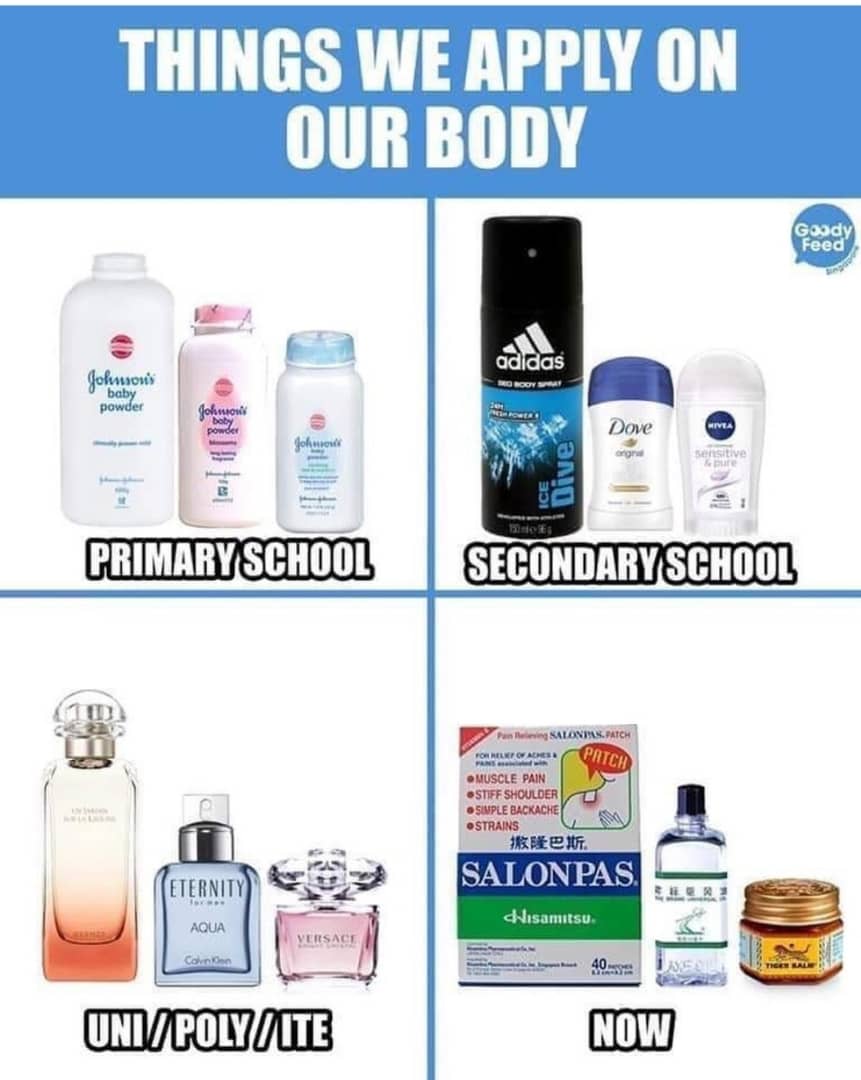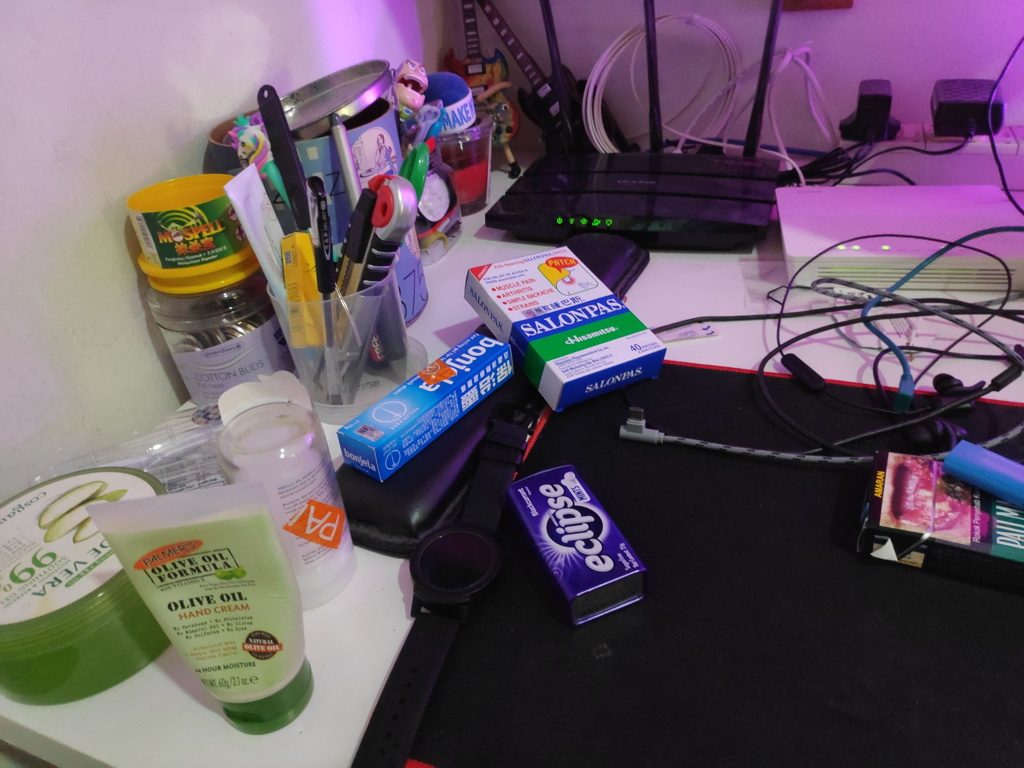The other day, someone decided to do a double park, blocking my car from exiting. I had to turn on my lights and beep the horn a few times. Fortunately, that person happened to be in a store nearby, so he ashamedly ran out to move his car. Also, I wasn’t in a rush, so it was no big deal but he did waste a couple of minutes of my time.
Now imagine, if I had to get somewhere urgently, and that person was out of earshot? What if I had an important job interview? Or had to say farewell to someone who was on their deathbed? What if I drove faster because I was late (due to the double-parker) and ended up in a car accident myself? I know I’m being overdramatic, but hear me out.
Unless it is a matter of life and death (which isn’t the case 99% of the time), there never is a reason for anybody to double park their vehicle. It doesn’t matter if you’re seated right outside so you can see when the car you’re blocking needs to leave; would it kill you to just find less inconvenient parking so you don’t have to inconvenience anybody else? Sometimes those 2 minutes you cost somebody could make a big difference in their lives.
Besides the vehicle you block, double parking also causes issues for other vehicles: you turn two-lane roads into one-lane roads. This makes it so that people have to drive around your vehicle to move forward, which can create jams. People trying to reverse their car will also have no vision of oncoming traffic thanks to your car blocking the road. People having issues reversing can also create more traffic jams.
All because so you could get some roti canai a couple of minutes earlier?
it’s very easy to just park further from your destination and walk a bit. Sure, the weather sucks, but your body will thank you and you don’t inconvenience anyone but yourself. Don’t be a dick. Don’t double park.


